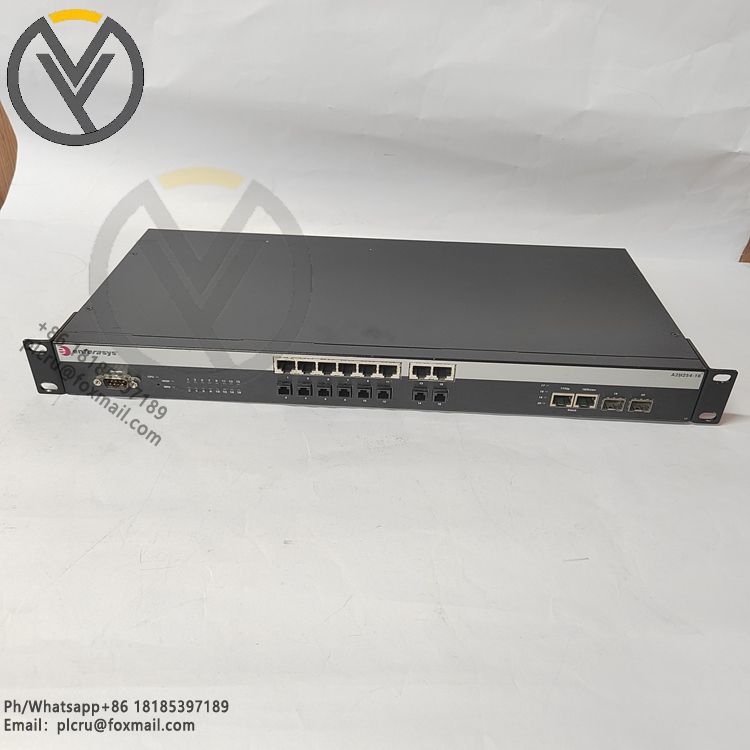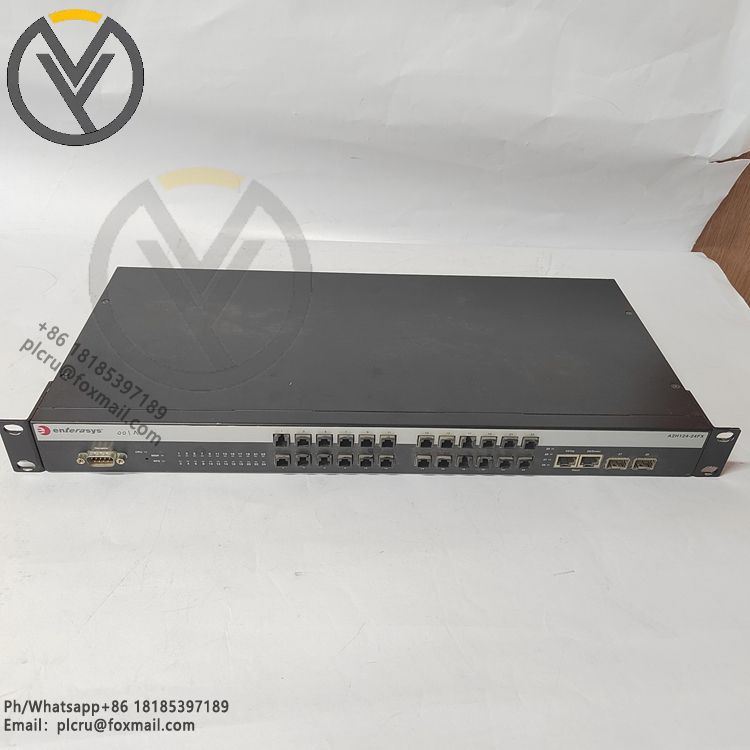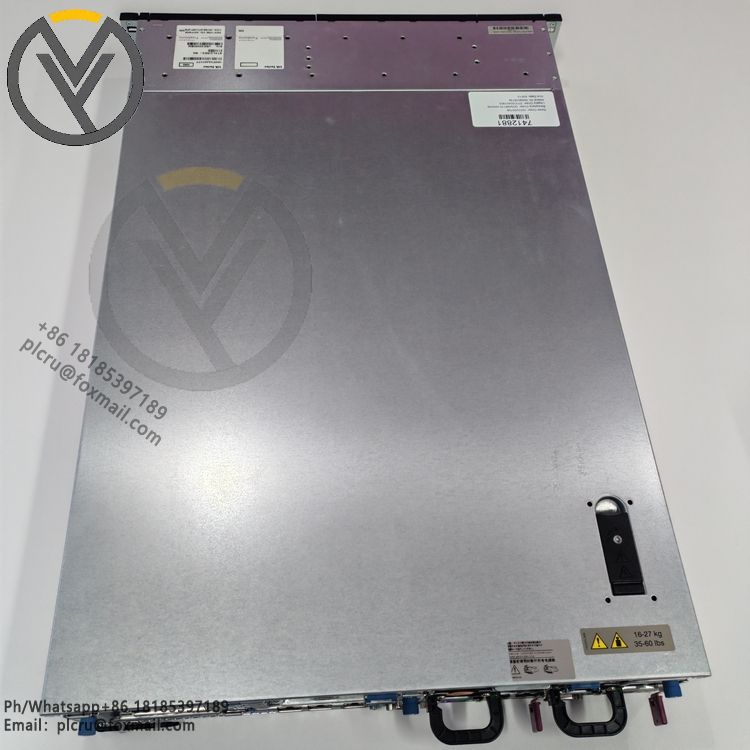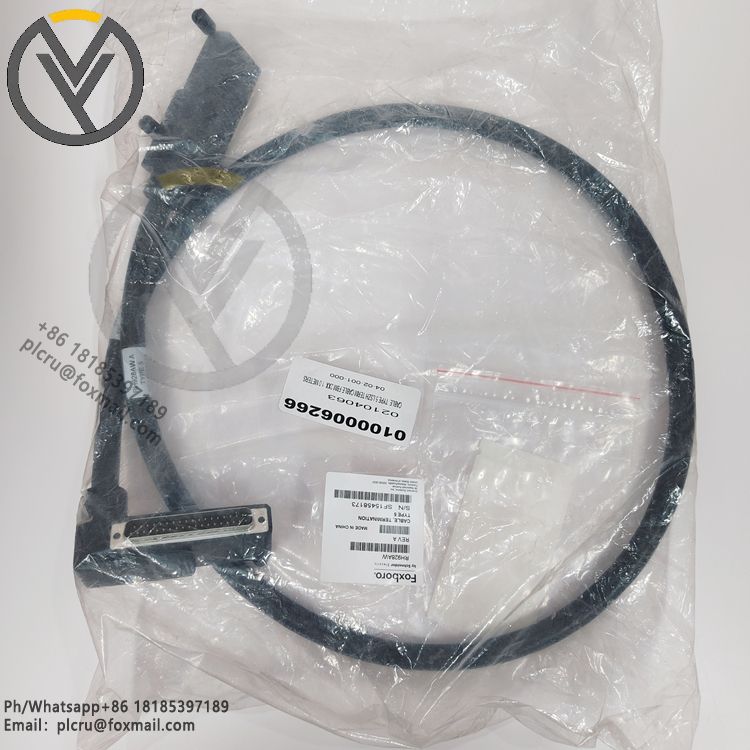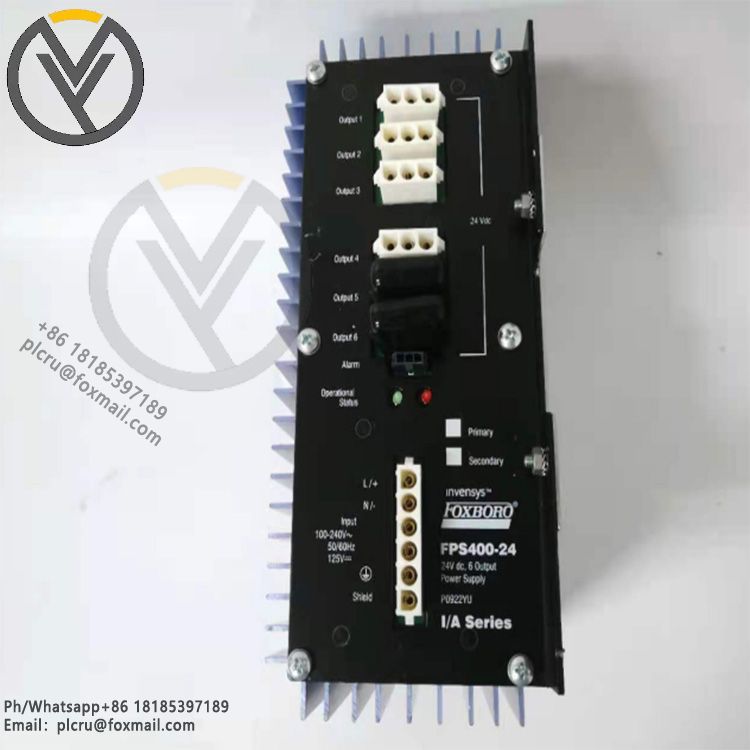
Foxboro 130F-N4 Pneumatic Indicating Controller
Delivery time 3 days
Product origin New/used
Email plcru@foxmail.com
Mobile/wechat /WhatsApp +86 18185397189
Working principle: Pneumatic controllers usually operate based on the principle
Working principle: Pneumatic controllers usually operate based on the principle of force balance. The measured signal is compared with the given signal within the controller. The resulting deviation signal is converted into the corresponding pneumatic output signal through components such as pneumatic amplifiers to control the action of the actuator, thereby achieving the control of process variables.
Structural features: Generally, it has a compact structural design, which is convenient for installation and maintenance. It may adopt a modular structure, including measurement units, control units, display units, etc. Each unit is connected through pneumatic circuits and electrical circuits.
Performance parameters: The performance parameters of different models of Foxboro pneumatic controllers vary, but they usually include measurement range, control accuracy, output signal range, and air source pressure requirements, etc. For example, the measurement range may vary depending on the specific measuring element and application scenario; The control accuracy is generally high and can meet the requirements of most industrial process controls. The output signal range is usually the standard pneumatic signal range, such as 20-100 kPa; The pressure requirement of the air source is generally within a specific range to ensure the normal operation of the controller.
Application fields: Widely used in industrial fields such as petroleum, chemical engineering, power, metallurgy, and pharmaceuticals, it is used to control process variables such as temperature, pressure, flow rate, and liquid level to ensure the stability of the production process and the qualification of product quality.

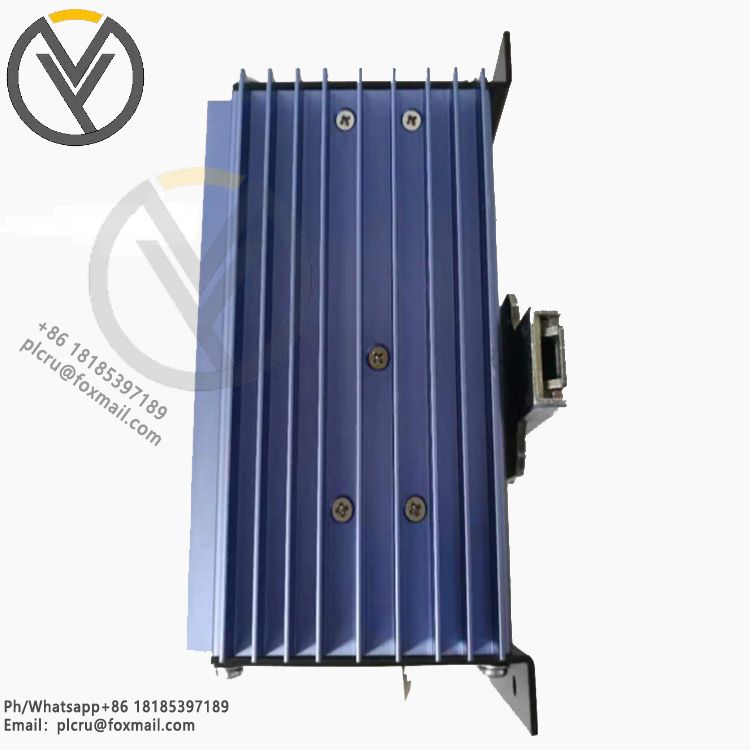
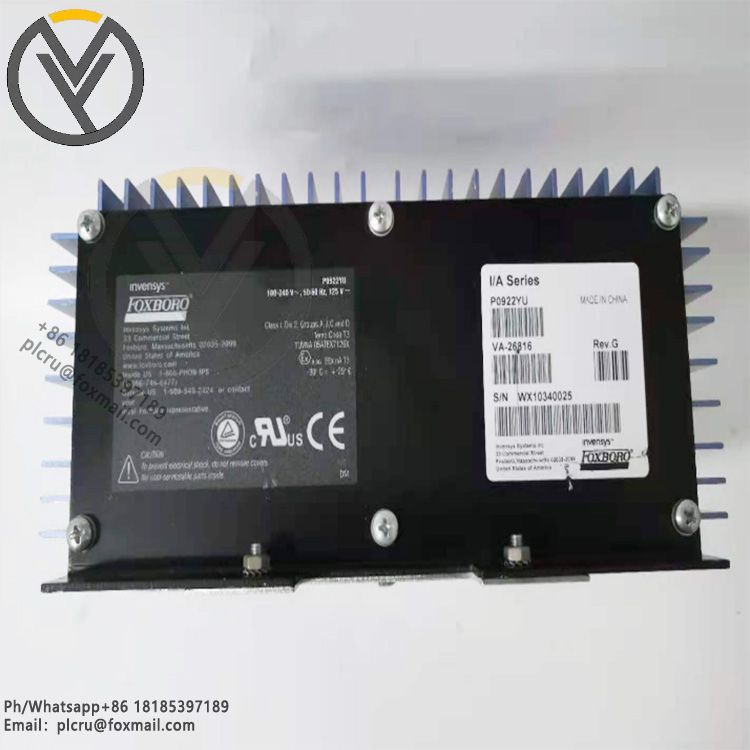
Related products

